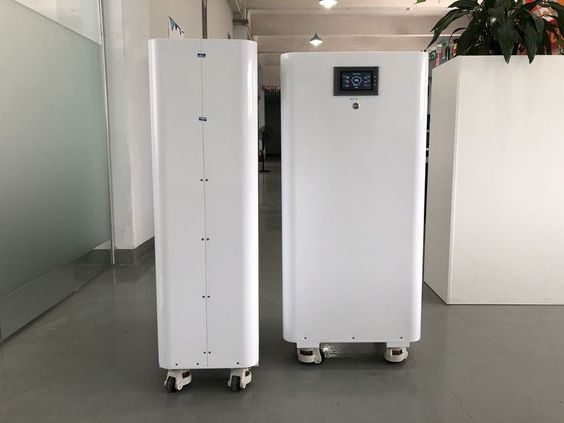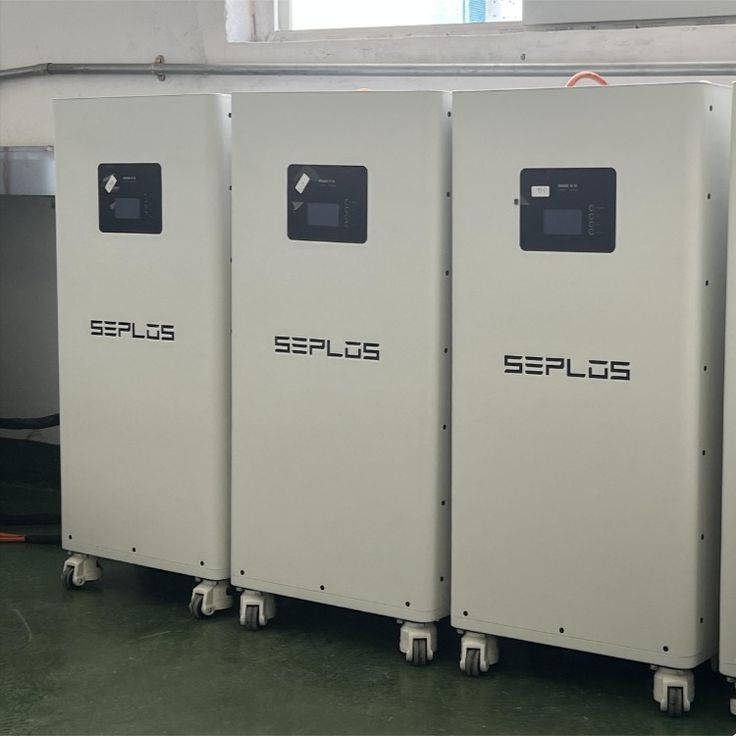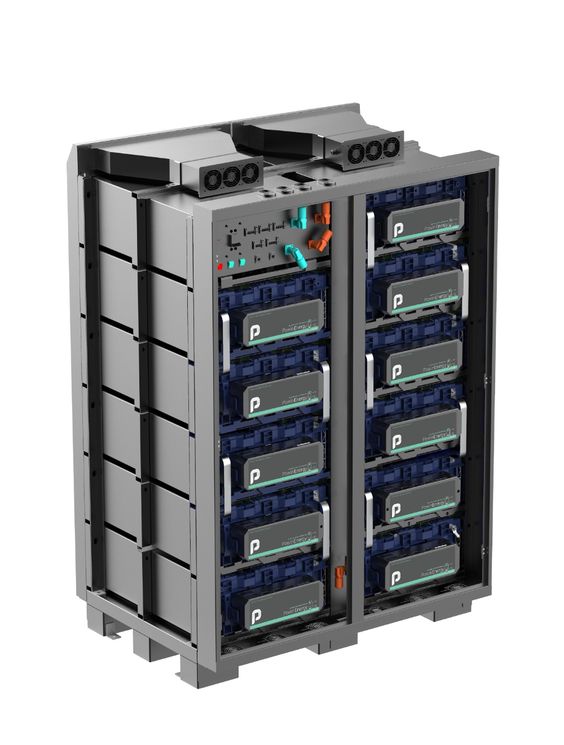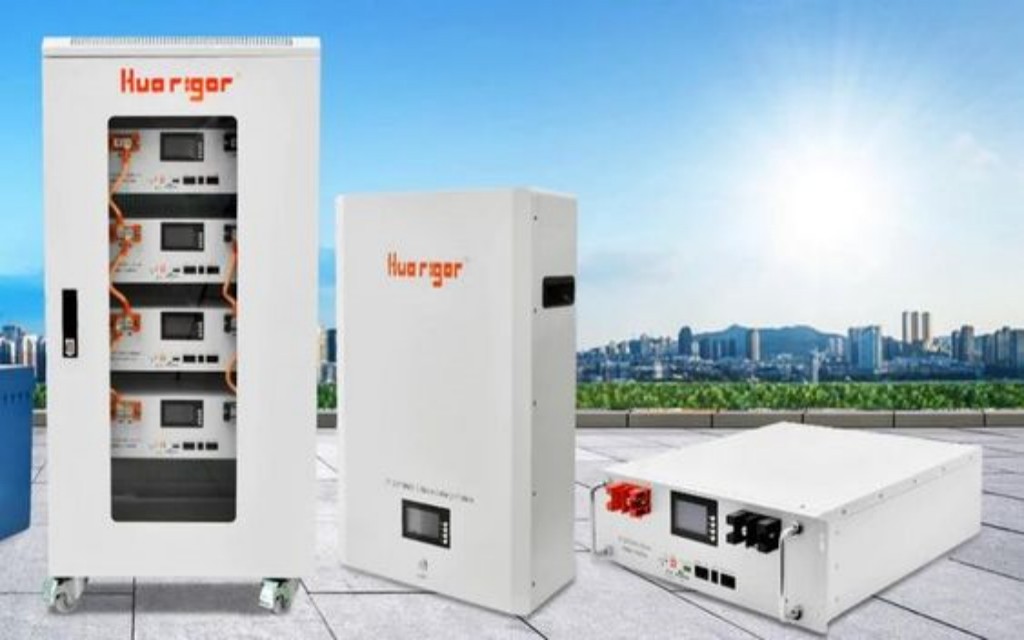Energy Storage System Company: How Our Energy Storage Systems Are Revolutionizing Renewable Energy
In today's rapidly evolving world, the demand for clean and sustainable energy sources is at an all-time high. As we strive to reduce our carbon footprint and combat the effects of climate change, renewable energy has emerged as a viable solution. However, the intermittent nature of renewable energy sources like solar and wind power has posed a challenge in their widespread adoption. This is where energy storage systems come into play, revolutionizing the way we harness and utilize renewable energy. By efficiently storing excess energy during periods of high production and releasing it during times of low production. These systems ensure a reliable and consistent power supply. Join us as we delve into the world of energy storage and explore how it is powering the future of renewable energy. Paving the way for a greener and more sustainable world.
Importance of Energy Storage in Renewable Energy(Energy storage system company)
Energy storage systems play a crucial role in the integration of renewable energy sources into our power grids. The ability to store excess energy during periods of high production and release it during times of low production ensures a reliable and consistent power supply. This is especially important for renewable energy sources such as solar and wind power, which are dependent on weather conditions.
One of the key benefits of energy storage in renewable energy is the ability to smooth out the fluctuations in power output. This allows for a more stable and predictable energy supply, reducing the need for backup fossil fuel-based power plants. Energy storage systems also enable renewable energy to be used during peak demand times when electricity prices are higher, providing economic benefits as well.
Furthermore, energy storage systems can help address grid stability issues caused by the variable nature of renewable energy sources. By providing a buffer between supply and demand, these systems can help balance the grid and ensure a reliable power supply, even during periods of high demand or low renewable energy production.
Types of Energy Storage Systems(Energy storage system company)
There are several types of energy storage systems that are currently being used or developed for renewable energy applications. These include:
- Battery Storage: Battery storage systems, such as lithium-ion batteries, are widely used for residential, commercial, and utility-scale applications. These systems store excess energy in chemical form, which can be converted back into electricity when needed.
- Pumped Hydro Storage: Pumped hydro storage involves using excess energy to pump water from a lower reservoir to a higher reservoir. When electricity is needed, the water is released, flowing through turbines to generate electricity.
- Compressed Air Energy Storage (CAES): CAES systems store excess energy by compressing air and storing it in underground caverns. When electricity is needed, the compressed air is released and used to drive turbines, generating electricity.
- Flywheel Energy Storage: Flywheel energy storage systems store excess energy in the form of kinetic energy. The energy is stored by spinning a flywheel at high speeds and can be converted back into electricity when required.
- Thermal Energy Storage: Thermal energy storage systems use excess energy to heat or cool a substance, such as water or molten salt. The stored thermal energy can then be used to generate electricity or provide heating and cooling when needed.

Benefits of Energy Storage Systems in Renewable Energy(Energy storage system company)
Energy storage systems offer several benefits in the context of renewable energy:
- Grid Flexibility: Energy storage systems provide flexibility in managing the supply and demand of electricity, ensuring a stable and reliable grid. This is particularly important for integrating intermittent renewable energy sources into the grid.
- Reduced Reliance on Fossil Fuels: By storing excess renewable energy. Energy storage systems reduce the need for backup fossil fuel-based power plants. This helps reduce greenhouse gas emissions and dependence on finite fossil fuel resources.
- Peak Load Shifting: Energy storage systems allow for the shifting of electricity consumption from peak demand times to off-peak times. This helps reduce strain on the grid during periods of high demand and can lead to cost savings for consumers.
- Enhanced Resilience: Energy storage systems can provide backup power during grid outages or emergencies, improving the resilience of the electrical grid and reducing the impact of power disruptions.
Challenges and Advancements in Energy Storage Technology
While energy storage systems offer numerous benefits. There are still challenges that need to be addressed to fully harness their potential. One major challenge is the cost of energy storage technologies, which can be a barrier to widespread adoption. However, advancements in technology and economies of scale are driving down costs, making energy storage systems more accessible.
Another challenge is the limited energy storage capacity of current systems. This requires the development of larger-scale and more efficient storage solutions to meet the increasing demand for renewable energy integration. Research and development efforts are focused on improving the energy density, cycle life, and overall performance of energy storage technologies.
Additionally, the integration of energy storage systems into existing power grids requires careful planning and coordination. This includes addressing technical and regulatory challenges, such as grid compatibility, safety standards, and market frameworks. Collaboration between utilities, policymakers, and technology providers is essential to overcome these challenges and create an enabling environment for energy storage deployment.
Case Studies of Successful Energy Storage Projects
Several energy storage projects have demonstrated the effectiveness and potential of these systems in supporting renewable energy integration. One notable example is the Hornsdale Power Reserve in South Australia, which is the largest lithium-ion battery storage facility in the world. The project has played a crucial role in stabilizing the region's grid and providing backup power during peak demand periods.
Another successful case study is the Ta'u Island microgrid in American Samoa. The island's power grid was previously reliant on diesel generators, resulting in high energy costs and environmental pollution. By integrating solar panels with battery storage, the microgrid now runs entirely on renewable energy, reducing costs and improving sustainability.
These case studies highlight the transformative impact that energy storage systems can have on renewable energy deployment, paving the way for a cleaner and more resilient energy future.

Government Initiatives and Policies Supporting Energy Storage
Governments around the world are recognizing the importance of energy storage in achieving their renewable energy targets. Many countries have implemented supportive policies and incentives to encourage the deployment of energy storage systems.
For instance, the United States has introduced investment tax credits and grants to promote the development of energy storage projects. In Europe, the European Union has set targets for energy storage capacity and is providing funding through various programs.
In addition to financial incentives, governments are also implementing regulatory frameworks to facilitate the integration of energy storage into power grids. This includes streamlining permitting processes, establishing technical standards, and ensuring fair market access for energy storage providers.
These government initiatives and policies are crucial in creating a favorable environment for energy storage deployment and accelerating the transition to a sustainable energy future.
Future Trends in Energy Storage Systems(Energy storage system company)
The future of energy storage systems looks promising, with ongoing advancements and innovations in technology. Some key trends to watch out for include:
- Increased Energy Storage Capacity: Continued research and development efforts are expected to lead to the development of energy storage systems with higher energy density and increased storage capacity. This will enable the integration of greater amounts of renewable energy into the grid.
- Improved Cost-effectiveness: As technology advances and economies of scale are realized. The cost of energy storage systems is expected to continue decreasing. This will make energy storage more affordable and accessible, driving further adoption.
- Hybrid Energy Storage Solutions: The combination of different energy storage technologies, such as batteries and pumped hydro storage, is expected to become more prevalent. Hybrid solutions offer the advantages of multiple storage technologies, maximizing system efficiency and flexibility.
4.Advancements in Battery Technology: Battery technology is a key area of focus for research and development. Advancements in battery chemistry, such as solid-state batteries, could significantly improve energy storage performance and safety.

Companies Leading the Way in Energy Storage Innovation
Several companies are at the forefront of energy storage innovation, driving the development and deployment of advanced energy storage systems. Tesla, with its Gigafactory, is a notable player in the battery storage market. The company's lithium-ion batteries have been widely adopted for residential, commercial, and utility-scale applications.
Another leading company in the energy storage space is Fluence, a joint venture between Siemens and AES. Fluence offers a range of energy storage solutions, including battery storage and software platforms for grid optimization.
Other companies making significant contributions to energy storage innovation include LG Chem, BYD, and ABB. These companies are continuously pushing the boundaries of energy storage technology, bringing us closer to a future powered by clean and sustainable energy.
Conclusion
Energy storage systems are playing a pivotal role in revolutionizing renewable energy, enabling a reliable and consistent power supply from intermittent sources. These systems offer numerous benefits, including grid flexibility, reduced reliance on fossil fuels, peak load shifting, and enhanced grid resilience. While challenges remain, advancements in technology, supportive government policies, and ongoing research and development efforts are driving the growth of energy storage systems.
As we continue to harness the potential of energy storage, we are paving the way for a greener and more sustainable future. By maximizing the efficiency and reliability of renewable energy sources, we can power the future and combat the challenges of climate change. The revolution in energy storage is underway, and its impact on renewable energy integration will be transformative. Together, we can shape a world powered by clean and sustainable energy, ensuring a brighter future for generations to come.
